Fabulous folklore from the Lake District
Fabulous folklore awaits in the Lake District, ready for discovery on your Cumbrian walking holiday!
Fabulous folklore from the Lake District
https://www.contours.co.uk/fabulous-lake-district-folklore
by Beth Pipe
For anyone researching the history of Cumbria, there is one major challenge that has to be overcome — how to separate out fact from folklore. Some folklore has been repeated so often that it’s widely accepted as fact, and stories are inclined to grow and evolve over time.
Some of the stories below are obviously questionable and, for others, the folklore is probably more entertaining, or romantic, than the truth but, whether it’s fact or fiction, these stories weave the fabric of Cumbria’s past.
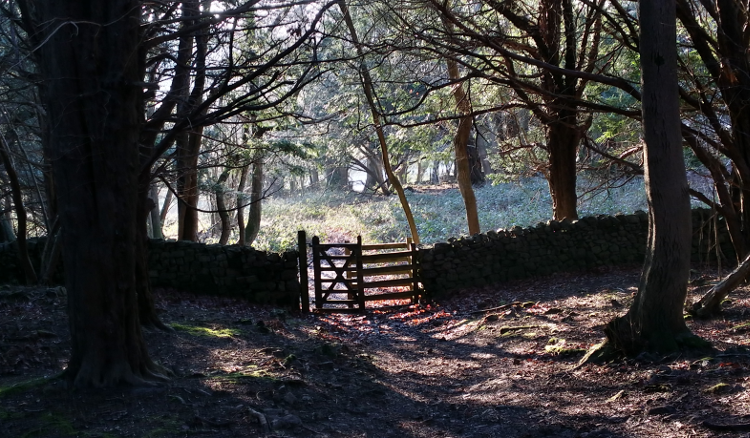
Arnside is right down in the south of the county and bang on the border between Lancashire and Cumbria. Haggs Wood, just on the edge of Arnside, apparently hides an interesting secret... According to legend the “Hagg Worms”, or serpents, used to live in the woods and were huge, hairy and large enough to swallow birds.
One story tells of a young boy who swears he saw a serpent fly up into a tree — he raced home in a state of terror to tell his story and the locals returned to burn the tree to the ground. And I always used to like worms...
Ties in perfectly with: Alternative Coast to Coast
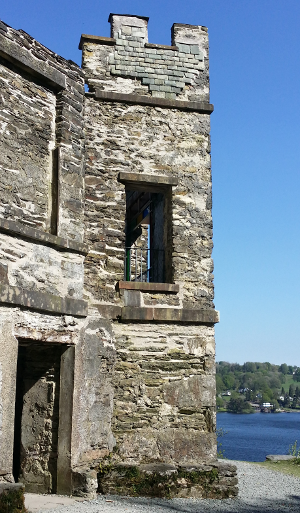
Claife Viewing Station, near to Windermere chain ferry, has recently been done up by the National Trust and is a lovely place to visit, complete with obligatory NT tearoom.
But there were shady goings on around there in the past. Apparently a monk from Furness Abbey fell in love with a woman he was supposed to be saving. She turned him down and he wailed himself to death on the lake shore. And then kept right on wailing...
The seasoned ferrymen knew to ignore the wails but one new recruit was lured over one dark night to try and collect the long departed monk — the experience is said to have driven the poor lad insane. Eventually the ghost of the monk was exorcised so it’s quite safe to eat tea and cake again, hurrah!
Ties in perfectly with: Dales Way
Just north of Kendal, along the M6, is a famous copse of trees which have grown into the shape of a heart. There are several different pieces of folklore surrounding the trees, from the memorial of a broken-hearted mother to her departed son, to the final resting place of star crossed lovers.
The trees are remarkable and definitely eye catching as you whiz along the M6 but, sadly, there’s no evidence to support anything other than the fact that the gill running down through the centre of the wood is responsible for the unusual shape. Sorry.
Ties in perfectly with: Coast to Coast
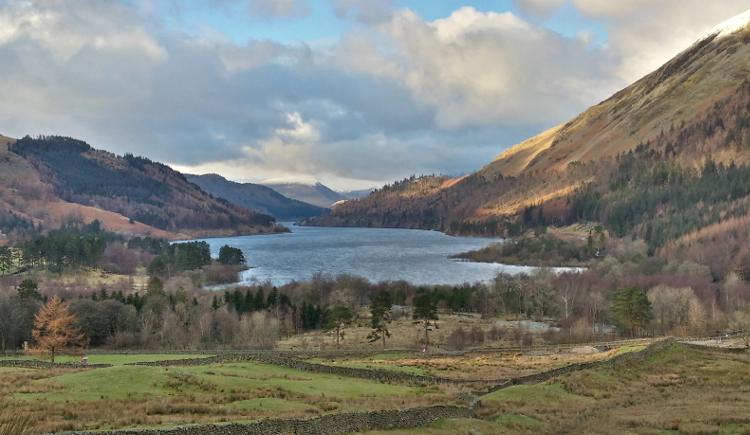
This is one of the most popular pieces of folklore in the county and goes like this: King Dunmail, King of Cumberland, upset Edmund, King of England, and Malcolm, King of Scotland. Edmund and Malcolm promptly joined forces to fight Dunmail on the spot we now know as Dunmail Raise. During this battle, King Dunmail was killed and his men were ordered to pile stones on his body before hurling his crown into nearby Grisedale Tarn, although some versions have him hurling the crown in there himself before he died. Legend also has it that Edmund ordered that the eyes of both of Dunmail’s sons be ‘put out’ before he laid waste to Cumberland and handed it over to Malcolm.
The reality is interesting, although a little less bloody. There was a King Dunmail who was the last of the powerful line of kings of Cumberland, and he did upset Edmund, King of England, by forming alliances with his enemies. Edmund marched north and defeated him in battle. The exact spot is currently unknown but it’s unlikely to be Dunmail Raise as no graves have ever been found there.
It’s also unclear whether King Dunmail survived the battle. Some accounts suggest he died, whereas others report him as dying in Rome many years later. Rather than being his grave, it’s thought that the large pile of stones at the top of Dunmail Raise were put there to mark the boundary between Cumberland and Westmorland.
Ties in perfectly with: Lakeland Round
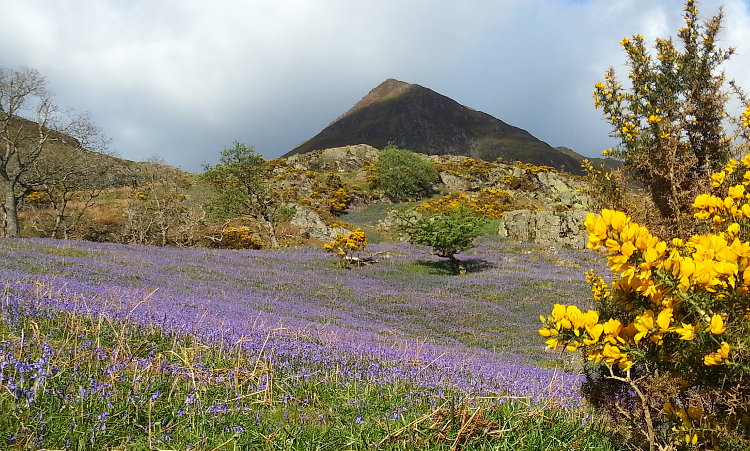
This one blooms like the bluebells every spring... Local folklore tells of Jarl Buthar, a Norse leader with a secret stronghold in the valley. The story goes that he was behind a bloody resistance campaign which drove back the Norman invaders during the 11th century.
He was known for his fearsome nature and guerrilla tactics which finally resulted in an almighty battle between Burthar’s army and the Normans, known as the battle of Rannerdale. It is thought that the name Buttermere is a derivation of “Burthar’s Mere” and legend has it that the famous Rannerdale bluebells grow in their unique position because they sprang from the blood spilled from the Norman army.
I’m no Alan Titchmarsh, but I’m pretty sure that bluebells grow from bulbs, not blood. But they are incredibly beautiful and definitely worth a visit.
Ties in perfectly with: Lakeland Round
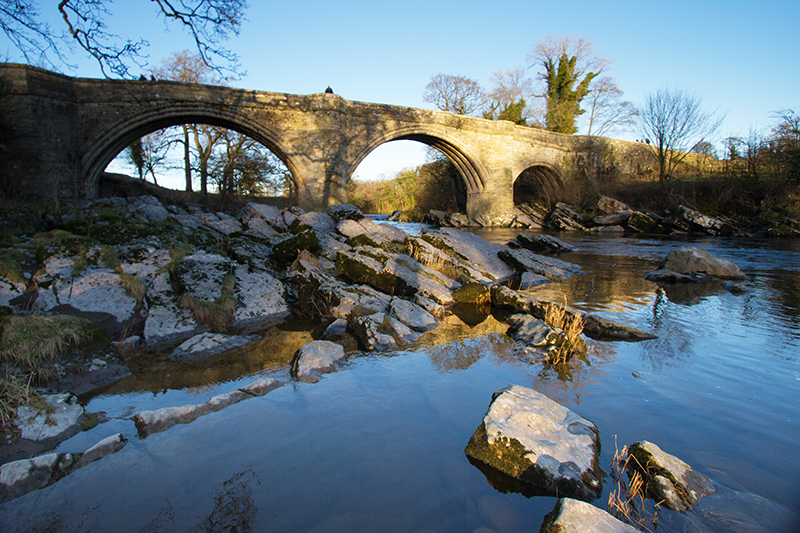
This is a very popular spot with visitors throughout the summer and the bridge is a wonderful structure, but how did it get its name? As with any ancient bridge there’s a lot of folklore associated with it. In this case, it all revolves around an old woman who lived on the banks of the river and lost one of her cows when it wandered across to the other side then refused to come back.
The devil appeared and offered to build a bridge in exchange for the first soul to cross the bridge, assuming it would be the old woman’s. When the bridge was built, the old woman tossed a bun across the bridge which was chased after by her little dog, thwarting and incensing the devil and naming the bridge, all in one go.
Ties in perfectly with: Alternative Coast to Coast